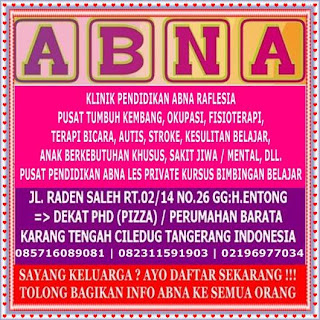

A sample of 120 kindergarten pupils were selected for this study by purposive sampling and random sampling.

The study was conducted at 3 kindergartens in Surakarta, Central Java, from February to April 2017. Subjects and Method: This was an analytic observational study using case control design. This study aimed to determine the effect of play group on the independence development of preschool children while controlling for the effect of biopsychosocial factors. Some play groups have been introduced to meet this need in Surakarta, but no studies have been carried out to evaluate its effectiveness. Efforts are needed to help children develop optimally. Disturbance in the development of children’s independence may have a negative future impact in adult life and children become dependent individuals. Yogyakarta: Univesitas Yogyakarta.Background: The development of children's independence is important for their future competitiveness in the rapidly increasing social changes. Peningkatkan Pemahaman Konsep Bilangan Melalui Permainan Memancing Angka Pada Anak. Pembelajaran Matematika Terpadu Untuk Anak Usia Dini.

Pendidikan Anak Usia Dini Menyiapkan Anak Usia Tiga, Empat, Lima Tahun Masuk Sekolah.Jakarta: PT. Peraturan Menteri Pendidikan Nasional Nomor 58 Tahun 2009 tentang Standar Pendidikan Anak Usia Dini. Jakarta: Direktorat Pembinaan Pendidikan Anak Usia Dini. Learning Disabilities Research & Practice, 24, 12-20. Identifying Early Numeracy Indicators For Kindergarten And First-Grade Students. Design-based research and doctoral students: Guidelines for preparing a dissertation proposal.pdf. Pra kelahiran sampai usia 12 tahun.Īnas, M. Reflections on product development, namely to produce flannel board media to facilitate the ability to conceptualize child numbers in group B.Īllen, Eileen, K., Marotz Lynn R. In general, the product is declared feasible to be used as a learning medium about the concept of numbers based on the teacher's assessment and observations of the child's treatment of the product. Product implementation was carried out in group B of Cendrawasih I Kindergarten and Group B of TK Cendrawasih II. The product design was declared feasible by the expert validator, then revised according to suggestions and carried out the implementation of the school where the research was conducted. Data collection is done by interviews, expert validation, teacher assessment, observation of child treatment during product use, and documentation. The research subjects were teachers and children in group B of Cendrawasih I Kindergarten and TK Cendrawasih II. The product is designed using the main ingredients of brown duplex and flannel cloth. In this study using the method of Design Based Research (DBR) developed by Reeves to design, develop, and test feasibility a product to overcome problems in learning. The results of identification and analysis of the problem, researchers followed up by designing flannel board media as a solution in facilitating the ability of the concept of child numbers in group B. Whereas for early childhood more media is needed which can be used directly to practice concentration and provide new experiences for children. More practical media used aremarkers whiteboard and blackboardand magazines to convey information related to the concept of numbers. A preliminary study in group B of the Cendrawasih I Kindergarten and TK Cendrawasih II found that the use of learning media was used when needed. Learning media are the most important part of implementing school learning. Learning Media, Flannel Board Media, Number Concepts Abstract


 0 kommentar(er)
0 kommentar(er)
